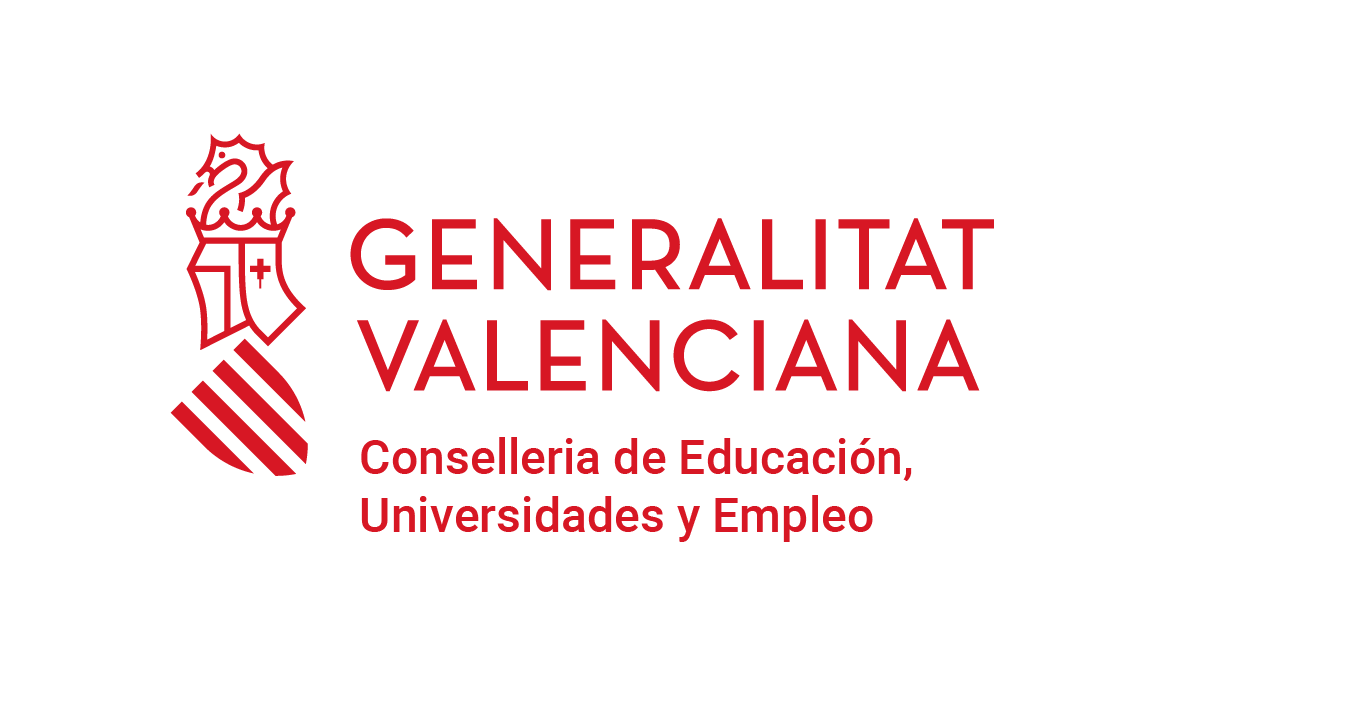Initially, the competitors had to tackle a complicated puzzle of pieces where electronics was essential to investigate the operation of several available sensors and to properly wire them all. After successfully passing the robot assembly stage, the teams programmed their prototypes and tested them in the designated areas. The algorithms and strategies adopted by each team were vital if they were to win
After the 24-hour non-stop competition ended, two rounds were contested on what was until that time a final secret area. The Xipavi team, made up of Víctor Lozano, Ximo Catala and Pablo Ovejas, won. It is noteworthy that none of this team’s members had ever worked with the Arduino platform before, which certainly reflects one of the main principles of this competition: learning and teamwork.
The external audience on Saturday was large. UJI’s robotics group, Robotic Intelligence Lab, offered a conference on characteristics of robots and the most widely used commercial models, as well as a demonstration with some that this group currently uses: NAO and Robonova.
Click here to see the competition video




